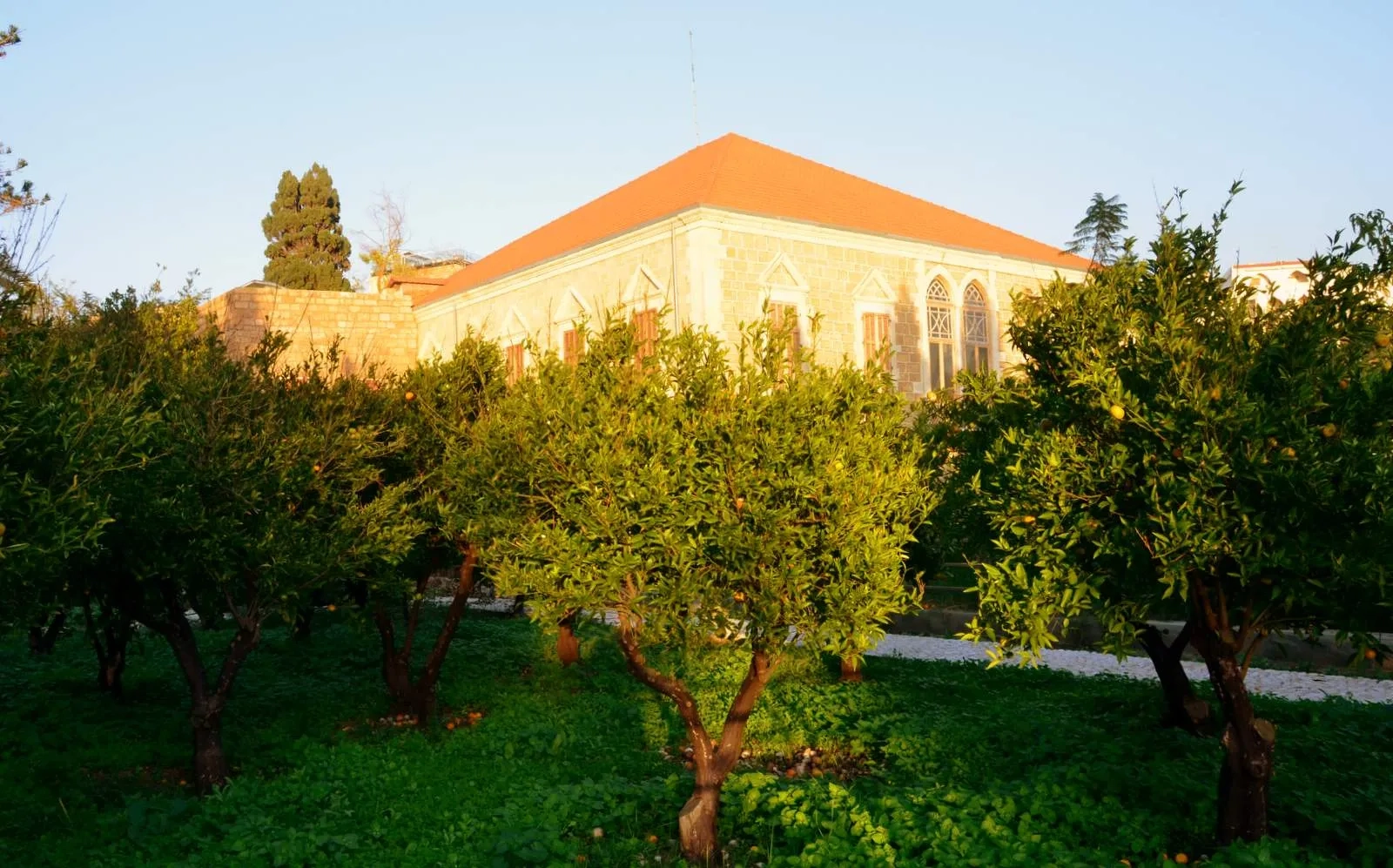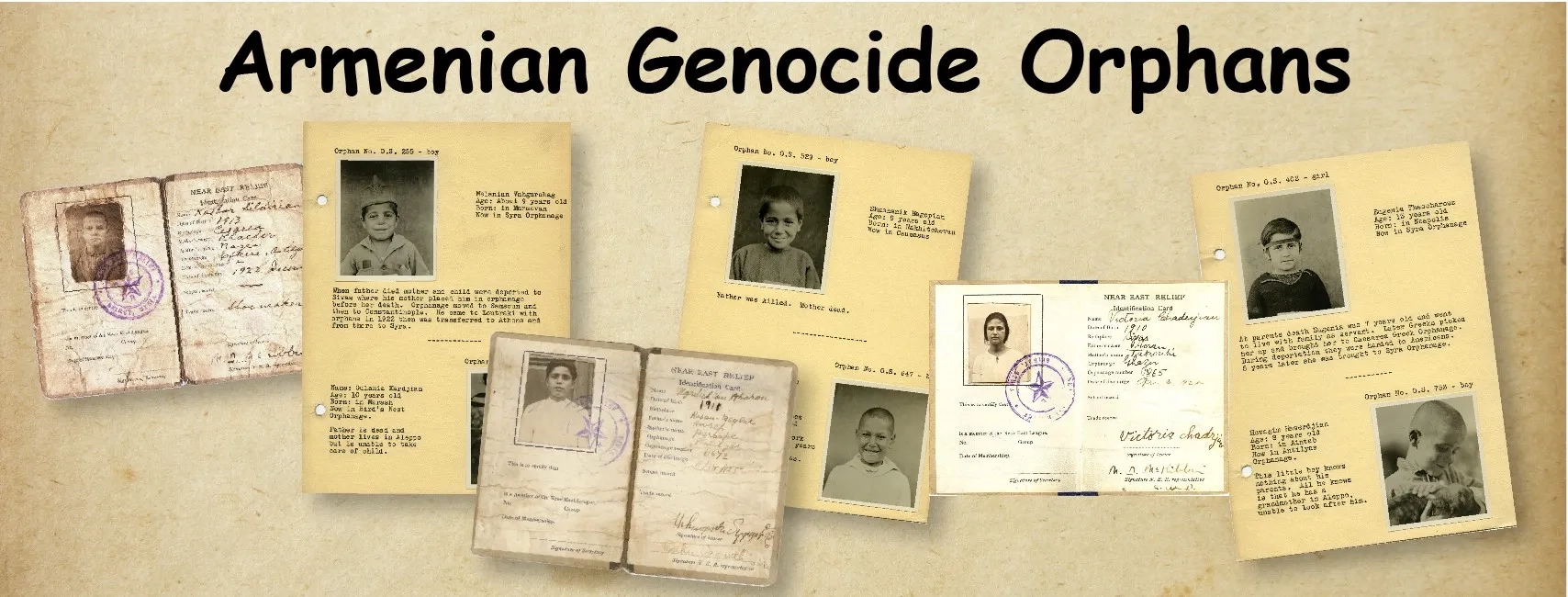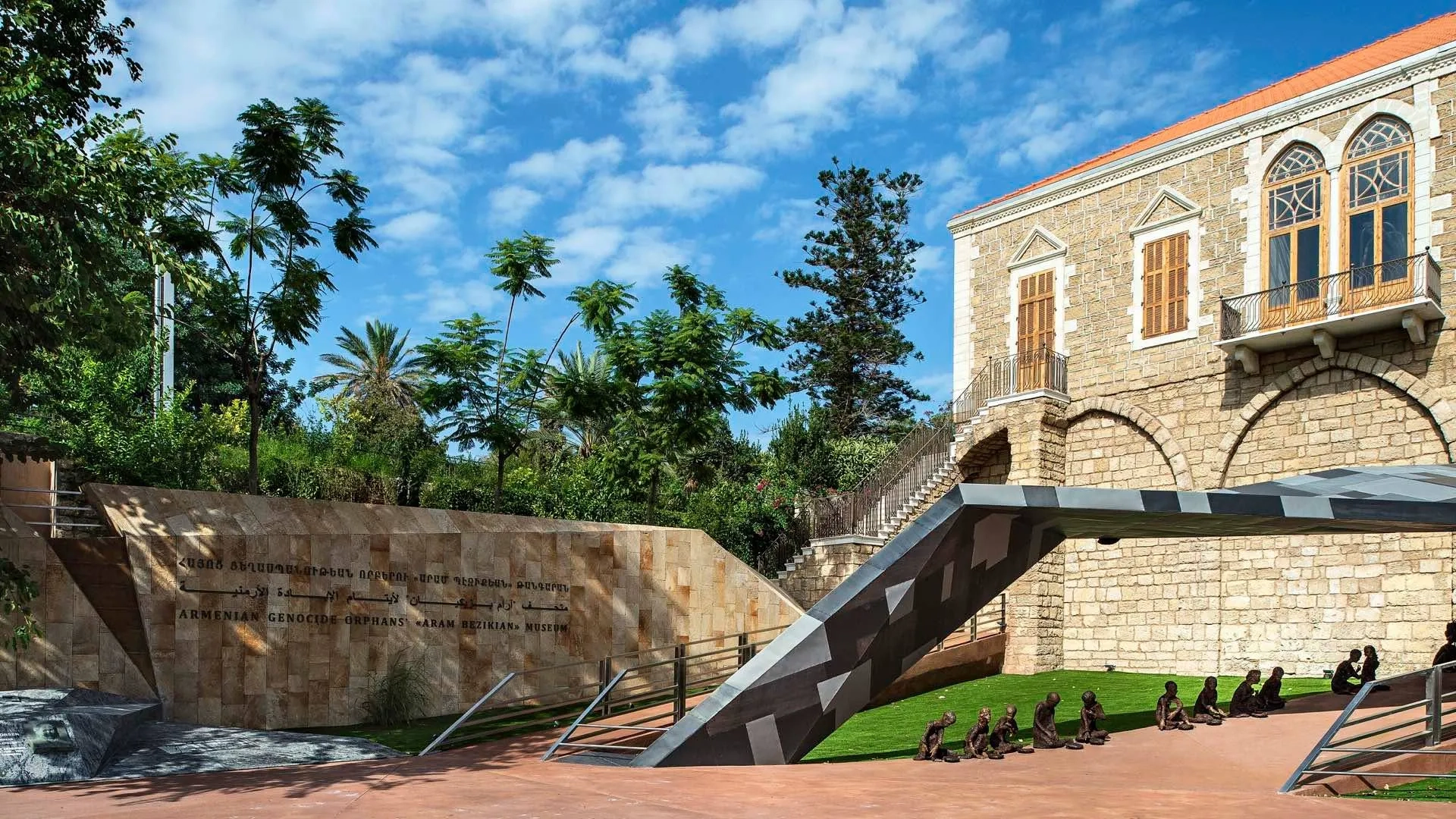Armenian Genocide Orphans "Aram Bezikian" Museum
Overview
Characteristics and classifications
All Reviews (0)











HomeWIKIMOOVCulture & Heritage LeafletArt et cultureBlogEnfants et familleFlâneriesSaveurs et parfumsNature et plein airParole d’expertSlow TourismVoyage personnaliséWIKIMOOVExpériencesÉvènementsChemins de RandonnéeTrouvez un guideMagazineProduits artisanaux et locauxCulture & PatrimoineBoire et mangerHébergementLoisirs et DivertissementsNatureCentres d'activités d’extérieurSites religieuxCentres de sports d’hiverLieux célèbres & utilesCentres aquatiquesBien-êtreBusiness PlatformJoin MOOVTOOBecome a MOOVTOO guideBecome a MOOVTOO HostI've read and I accept MOOVTOO's Privacy and Cookie Policy
 What is MOOVTOO ?PartnersContact usFAQLegal MentionsData Protection PolicyTerms and Conditions
What is MOOVTOO ?PartnersContact usFAQLegal MentionsData Protection PolicyTerms and Conditions